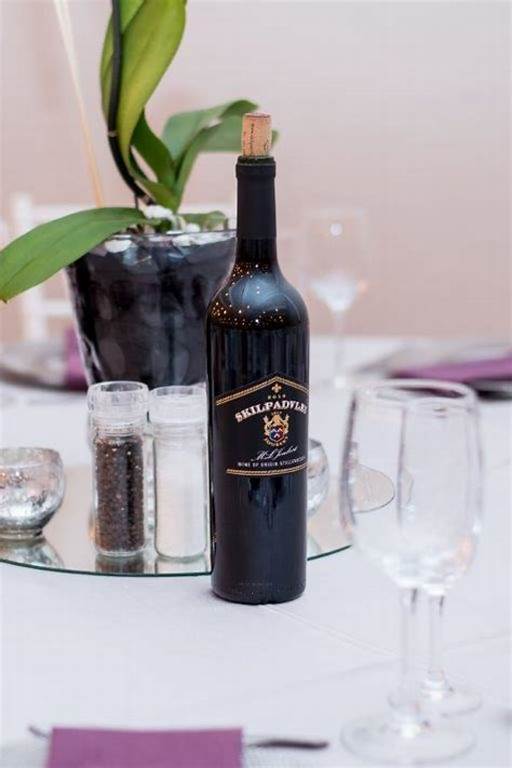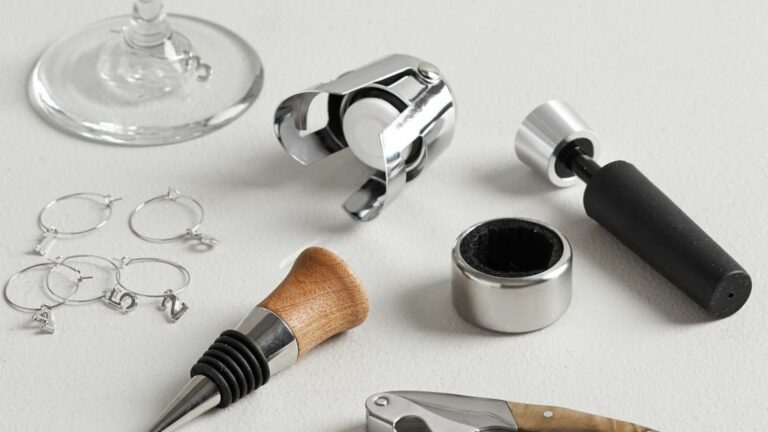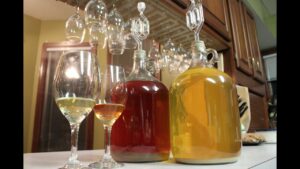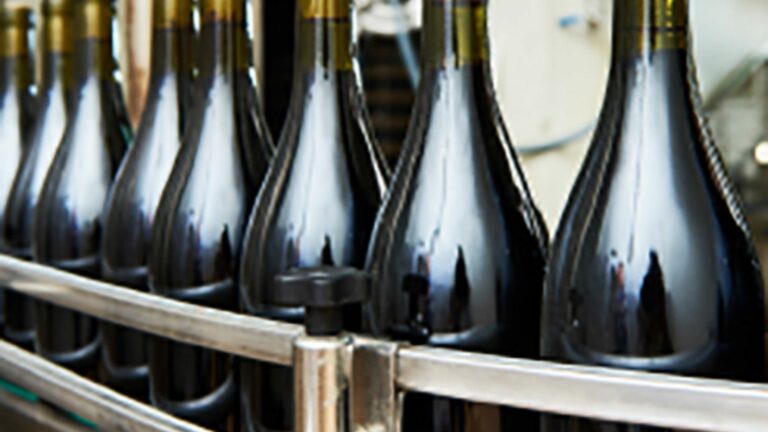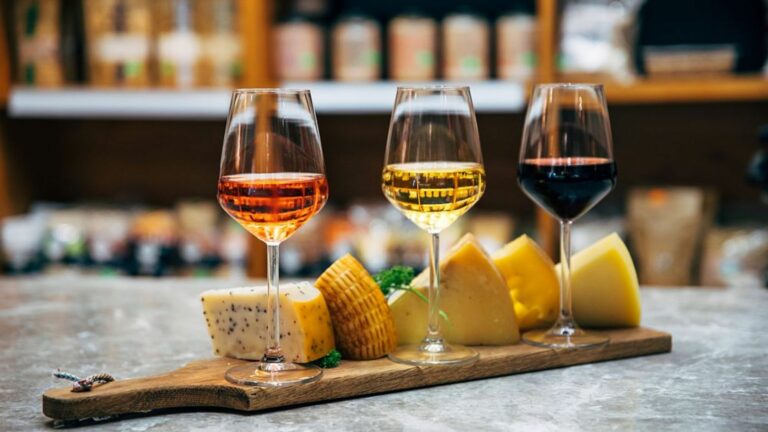Wine-making is an ancient art that has been practiced for centuries, evolving from traditional methods to modern techniques. With a few simple steps and basic equipment, you can embark on your own wine-making adventure and produce delicious wines to enjoy with friends and family.
Selecting Quality Grapes
The foundation of great wines lies in the quality of the grapes. When selecting grapes for wine-making, consider factors such as varietal, ripeness, and acidity levels. Visit local vineyards or farmers’ markets to find the freshest grapes available, ensuring optimal flavor and aroma in your finished wine.
Cleaning and Crushing
Once you’ve acquired your grapes, it’s essential to clean them thoroughly to remove any dirt, insects, or pesticides. Washing the grapes with water and a food-safe sanitizer solution will ensure a clean and hygienic starting point for your wine-making process. After cleaning, crush the grapes to break the skin and release the juices, which contain sugars, acids, and other essential components for fermentation.
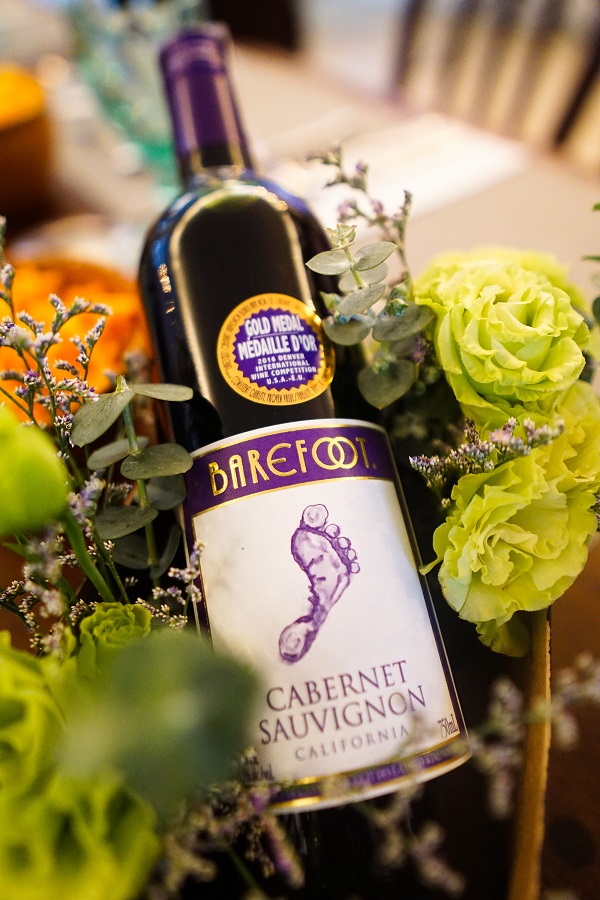
Fermentation Process
Fermentation is a crucial stage in wines-making, where yeast converts sugar into alcohol and carbon dioxide. Choose a suitable fermentation vessel, such as a food-grade plastic bucket or a glass carboy, and transfer the crushed grapes into it. Add a selected wine yeast strain to kick-start fermentation and transform the grape juice into wines. Monitor the temperature and progress of fermentation closely to ensure optimal conditions for yeast activity.
Monitoring and Managing Fermentation
During fermentation, it’s essential to monitor the temperature and manage the fermentation process carefully. Too high or too low temperatures can affect yeast activity and produce off-flavors in the wines. Stir or punch down the grape skins regularly to ensure proper extraction of flavor and color from the grape solids. Taste the wine periodically to assess its development and adjust any necessary parameters to achieve the desired outcome.
Pressing and Racking
Once fermentation is complete, it’s time to separate the wines from the solids through a process called pressing. Use a wines press or a mesh bag to extract the liquid, known as “free-run” wine, from the grape skins and seeds. Transfer the wines into clean containers, leaving behind any sediment or solids. Racking, or transferring the wines from one container to another, helps clarify the wine by removing suspended particles and promoting aging.
Aging and Bottling
Aging is a critical step in wine-making that allows flavors to mellow and develop complexity. Store the wine in a cool, dark place for several months to years, depending on the type of wines and your preferences. Taste the wine periodically during aging to assess its progress and readiness for bottling. When the wines has reached its peak flavor, sterilize bottles, and cork them securely to preserve the wine’s integrity and prevent oxidation.
Enjoying Your Homemade Wines
After bottling, it’s essential to let the wine rest for a few weeks to allow flavors to harmonize and settle. Uncork a bottle of your homemade wines, pour a glass, and savor the fruits of your labor. Share your creation with friends and family, and toast to the joys of wine-making and the pleasure of enjoying homemade wines.
Conclusion
Crafting wines at home is a gratifying and fulfilling endeavor that allows you to express your creativity and passion for wines. By following these simple steps and embracing the art of wine-making. You can create unique and delicious wines that reflect your taste and style. Whether you’re a novice enthusiast or an experienced winemaker. The journey of wine-making is one filled with discovery, experimentation, and enjoyment.

